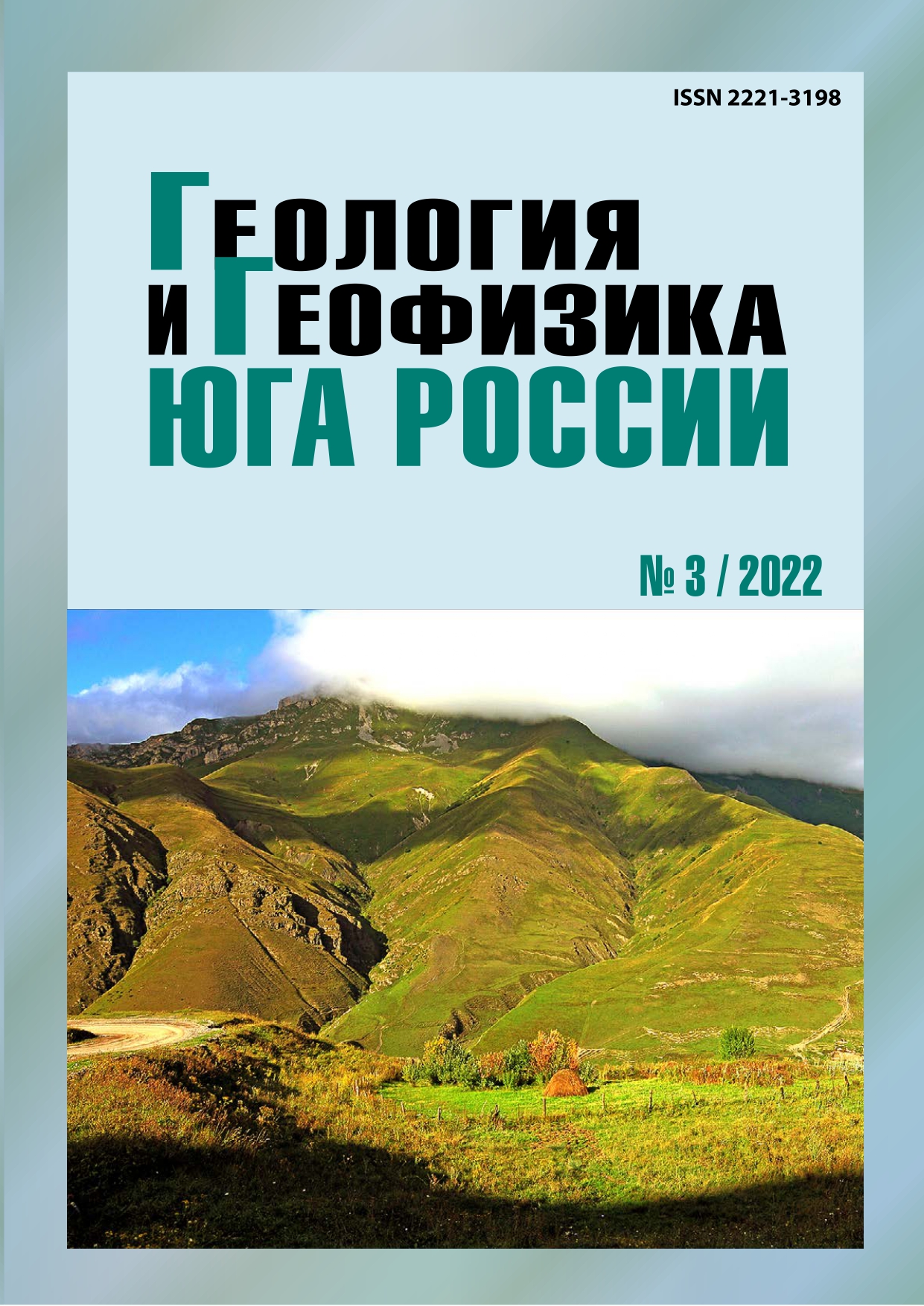Some preliminary data on the vibration spectra of «soft» and «hard» soils during earthquakes of different magnitudes and distances
Abstract
Relevance. The topic of the influence of local soil-geomorphological conditions consideration is traditionally one of the main ones in the seismic hazard of territory estimation. However, despite the progress made in this area, there are still issues that require further clarification. Thus, Russian standards recommend carrying out the above consideration by introducing into the calculations a certain correction, which for a given soil is a constant value that does not depend on the magnitude and distance of earthquakes affecting this soil. At the same time, the results of a number of empirical and theoretical data show that the response of the same soil can change when the characteristics of seismic disturbances affecting it change. This is explained by the fact that these, in principle, available opportunities are difficult to realize fully in practice (especially in probabilistic calculations, when the cumulative effect of numerous individual impacts, the characteristics of each of which are usually impossible to predict with the required accuracy, is estimated). In this context, this work aimed at obtaining new data on the seismic response of soils seems to be relevant. Aim. The aim of the work is the study of the variability of different types of soils response depending on the nature of seismic vibrations affecting them and the development, on this basis, of a more accurate and at the same time convenient for practical application method for quantitative consideration of local soil conditions influence in the prediction (including probabilistic prediction) of possible seismic impacts in a given place. Methods. Representative material was used in the work – 2362 and 1021 vibration spectra of “soft” and “hard” soils respectively, recorded in various regions of the world during earthquakes with magnitudes of 2.5-7.3 at distances of 1-658 km. Using the methods of mathematical statistics, the dependences of the levels of the Fourier spectral density of the accelerations of “soft” and “hard” soils vibrations on the earthquake magnitude, the distance to the source, and the frequency of the spectral component are considered separately. Results. New empirical data on the features of seismic vibrations of different types of soils have been obtained. These data differs significantly from similar estimates used in a number of domestic and foreign engineering and seismological practices (during seismic microzonation, seismicity refinement for individual objects, etc.). The practical use of such data can correct the results obtained by traditional methods. The study of how exactly and to what extent the application of these new data can affect the above predictive (especially probabilistic) estimates under various seismogeological conditions seems to be the main one in ongoing research on this topic.


